All About Rat Poison
The United States rodenticide market is worth a whopping $200 million! That succinctly reflects how much we hate rats. Anytime we discover a rat living in our house, our mind gets occupied with just one thing – how to get rid of it in the shortest time. At this point, many homeowners just opt for rat poison in the hopes that after ingesting the poison, the rat will go outside due to dehydration, and will eventually die outside. Well, this reasoning is based on an unfounded myth. In reality, rat poison results in a cascade of problems and might not be a prudent choice. That’s why we’re going to examine all you need to know about rat poison.
A Brief History…
Rats have always constituted a nuisance to humans throughout history. Ancient Egyptian records reveal that they kept snakes around to keep the rat population in check. However, many people often used objects like brooms and knives to hit invading rats in an attempt to kill them. But as you know, rats are agile, fast, and resilient.
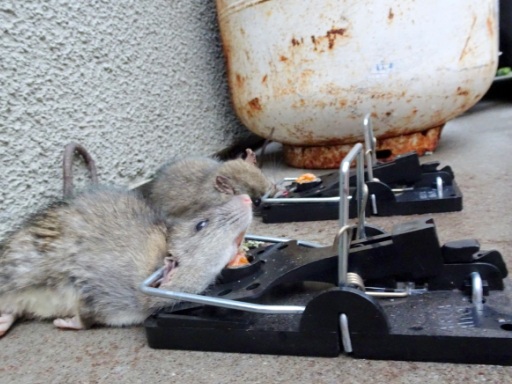
However, all this changed with the discovery of strychnine. Strychnine was first registered in the US in 1947 but it had already been in use long before that. Within the next few decades, second-generation rat poisons were introduced and today, we have a wide array of options.
Types of Rat Poisons and Their Effect
Rat Poison can broadly be categorized into anticoagulants and non-anticoagulants poisons.
Anticoagulant Poisons
In mammals, the liver produces a special enzyme that enables the recycling of Vitamin K. Vitamin K is, in turn, responsible for making blood-clotting agents. An anticoagulant stops this enzyme from functioning. Without adequate blood clotting agents in the body, internal bleeding ensues. This process is quite slow and can result in immense pain for days before the rat eventually dies. Common types of anticoagulant poisons include warfarin, diphacinone, and chlorophacinone.
Non-anticoagulant Poisons
Many other kinds of poisons function in other ways. Some of the most common ones include:
Strychnine
Strychnine is primarily used as a pesticide to kill rats. It is a very lethal poison that causes the nerve cells in the spinal cord to fire more rapidly. This increased activity results in severe and painful muscle spasms, which eventually leads to death.
Bromethalin
Bromethalin causes the cells in the central nervous system to stop producing energy. This results in the swelling of the nerve cells which puts pressure on the brain, resulting in paralysis and eventual death. The breakdown of bromethalin is very toxic and just a single dose is sufficient to kill a rat.
Cholecalciferol
Cholecalciferol affects Vitamin D in the body. Vitamin D is responsible for the balance of calcium absorption from the guts and kidney. Cholecalciferol results in excessive calcium in the bloodstream which impacts the central nervous system, cardiovascular system, gastrointestinal tract, and kidney. However, this poison isn’t as toxic as bromethalin and multiple doses are required for it to kill a rat.
Zinc Phosphide
When a rat consumes zinc phosphide, the poison breaks down and releases phosphine gas, which is very toxic. It kills the body cell and causes damage to the heart, kidney, liver, and brain.
Disadvantages of Rat Poison
Here are some of the reasons why using a rat poison is a bad idea.
It’s Ineffective and It Poses Potential Risk to Unintended Animals
You can only place the poison but you cannot force the rat to consume it. Furthermore, what’s to stop either your pet or even a kid from eating it? If the poison gets blown into your yard, it can kill earthworms and even poison water and food sources. That’s why you have to be careful where you place the poison. Or better still, avoid the use of poison altogether.
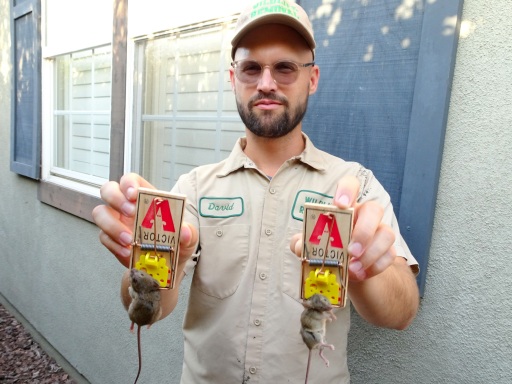
It’s Inhumane
From the description of the several types of rat poisons, what they have in common is the immense damage they cause to the internal organ of the rat. Multiple-dose rodenticides are further worse because they require continual ingestion of poison which slowly accumulates, resulting in an elongated, slow and painful death.
Finding the Carcass
When a rat ingests a poison, its default reaction is to look for a hidden location once it starts experiencing pain. Even worse, they fall into inaccessible locations like within walls. Trying to figure out the location of the carcass can be difficult. However, if you’re unable to remove it, you have to put up with the foul odour for days after decay starts. Furthermore, carcasses are major attractants for blowflies. You might just successfully convert your rat infestation problem into a fly infestation problem!
Risk of Secondary Poisoning
Many other animals feed on rats – snakes, birds of prey (like hawks and kites), and cats. When they consume a poisoned rat, it might, in turn, have an impact on them. This can potentially lead to a disruption in the food chain.
Better Alternatives
When you have a rat infestation problem to deal with, there are several other methods you can employ to get rid of them. These methods are more humane and do not have the drawbacks associated with poison. One prevalent example is trapping. Snap traps and electric traps are effective ways to kill a rat. Just ensure you check the traps frequently so you can promptly dispose of any captured rat.
Select Your Animal

Raccoons
Raccoon Removal Information & How-To Tips

Squirrel
Squirrel Removal Information & How-To Tips
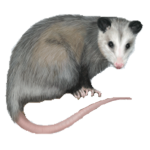
Opossum
Opossum Removal Information & How-To Tips
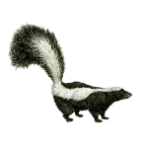
Skunks
Skunks Removal Information & How-To Tips
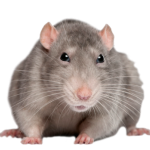
Rats
Rat Removal Information & How-To Tips
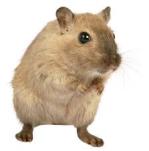
Mouse
Mouse Removal Information & How-To Tips
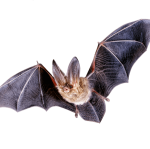
Bat
Bat Removal Information & How-To Tips

Bird
Bird Removal Information & How-To Tips
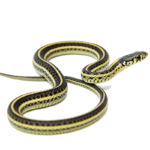
Snake
Snake Removal Information & How-To Tips

Beaver
Beaver Removal Information & How-To Tips
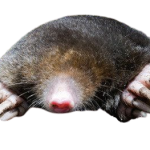
Mole
Mole Removal Information & How-To Tips
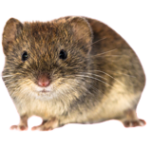
Vole
Vole Removal Information & How-To Tips

Gopher
Gopher Removal Information & How-To Tips

Rabbit
Rabbit Removal Information & How-To Tips

Woodchuck
Woodchuck Removal Information & How-To Tips

Flying Squirrel
Flying Squirrel Removal Information & How-To Tips

Chipmunk
Chipmunk Removal Information & How-To Tips

Coyote
Coyote Removal Information & How-To Tips

Fox
Fox Removal Information & How-To Tips

Wild Hog
Wild Hog Removal Information & How-To Tips
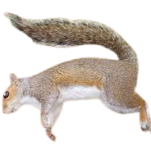
Dead Animal
Dead Animal Removal Information & How-To Tips